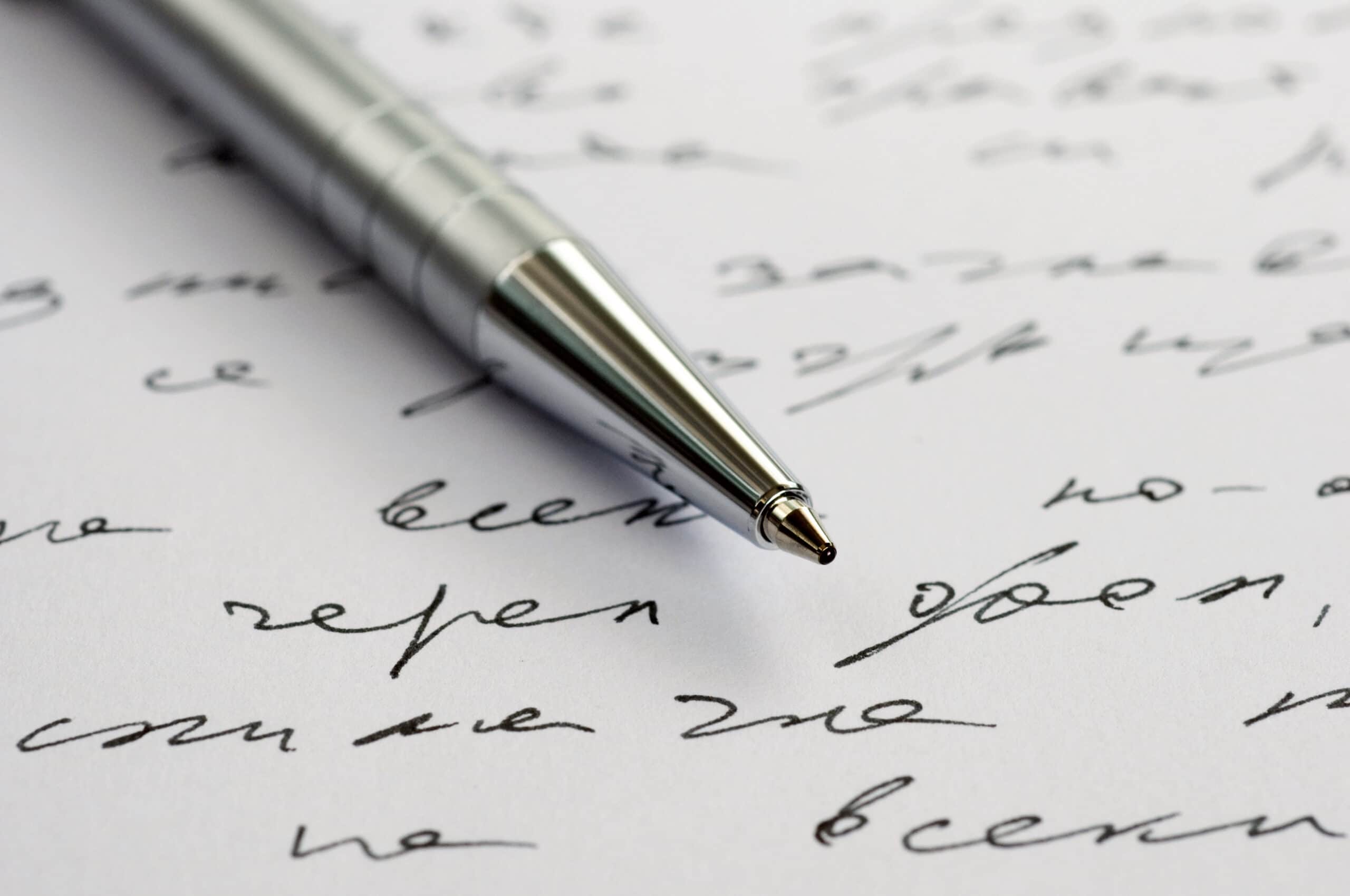Handwriting is a complicated process, and it takes several years its develop. It is prepared by the complex human mechanism of muscles and nerves that work together to produce it. It is greatly influenced by the mental picture of copybook form, which is gradually modified by an individual’s habits, his/her competency, and skill to imitate the picture in mind. Writing is a conscious act but its repetition makes it a habit and thus it becomes a subconscious act. While writing, the writer gets more attentive to the subject matter gradually as compared to its manner of execution. Therefore, the arrangement of writing on the paper becomes as individual as the handwriting itself. Margins, crowding, alignments, formation of each letter, manner of writing, arrangement of words, spacing between letters and words, paraphrasing, etc. are considered individual habits of handwriting. Despite the gradual variations observed, it is individual and unique to each and every person. Thus, the handwriting of any person is the result of his physiological, psychosomatic, and environmental life and is considered to be probably the most revealing feature.
The most frequently used form of handwriting is signatures. Signature has been derived from the Latin word ‘Signare’, which means to “sign”. It is a handwritten depiction of someone’s name or nickname. Signatures are the movement artifacts that are produced in order to validate the document on which it appears. Different writing styles have been employed by different people in the execution of their signatures. Thus, the Signature can be entirely legible or partially legible, where all or some of the allographs are decipherable. In addition, they may be completely illegible, where none of the letters are decipherable. Despite the complexity of the nature of signatures, their importance in identification has been recognized. Thus, signatures have assumed great importance these days due to their regular use and immense significance in personal identification.
Genuine or forged signatures are generally encountered in forensic documents examination cases. The genuine signatures are characterized by smoothness in line from one stroke to the other, flying starts and finishes, speed, carelessness, rhythm, continuity, and a high degree of execution skill. The forged signatures often lack the characteristics of genuine signatures and exhibit line quality defects. The act of forgery usually creates some mental stress and nervousness on the part of the simulator which fosters wide differences between the genuine and forged signatures.
Forged signatures may be produced by tracing the model signature, impersonation, transplantation, and imitating the model signatures with freehand (Simulated forgery). In the case of simulated forgery, the forger selects the model signature and tries to copy the design of letters and other features depending upon his power of observation, skill, practice, and competency. The continuous approach to imitating the habits and qualities of authentic signature and simultaneously suppressing one’s own habits and qualities would result in inferior line quality.
Generally, the forensic document expert at FORENSIC QD SERVICES come across various type of cases throughout Alberta and Canada in order to opine as to whether a given signature is genuine or simulated or whether the given disputed signature matches a variable group of signatures. For conducting proper examination and comparison of signatures in such cases, our forensic document experts conduct an in-depth comparison and examination of questioned and specimen signatures and are well aware of various characteristics of genuine and forged signatures.

